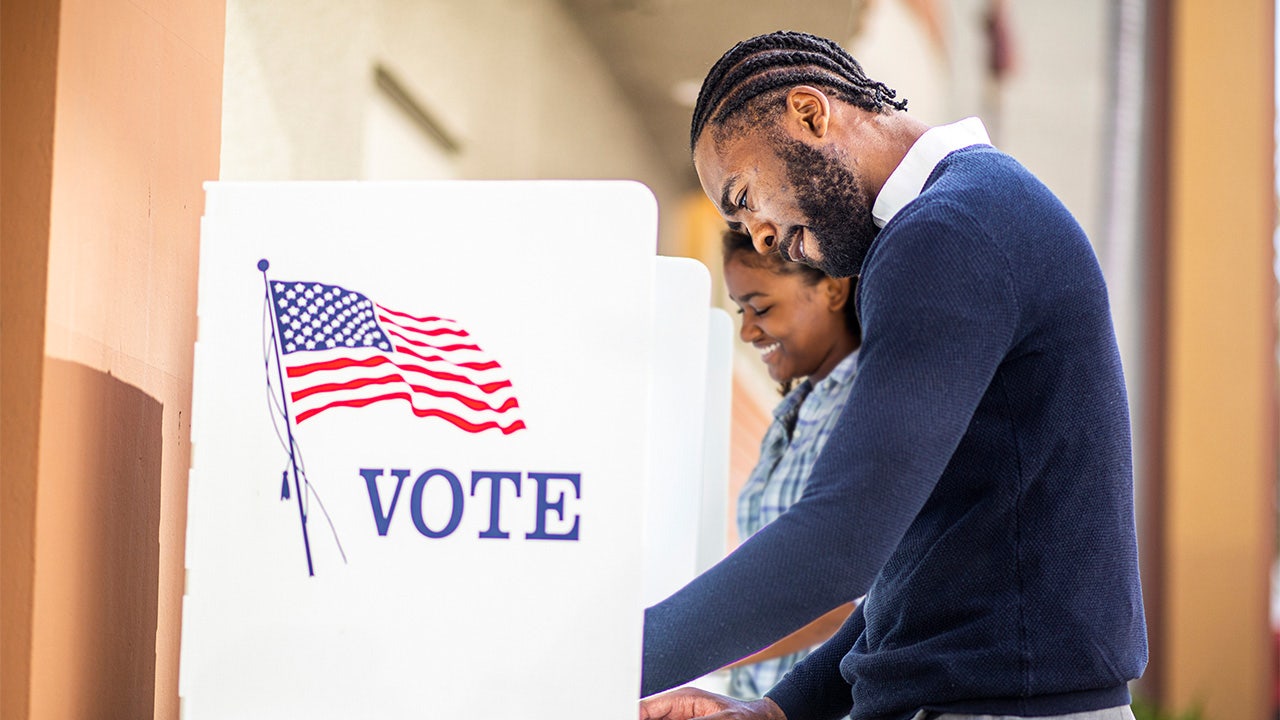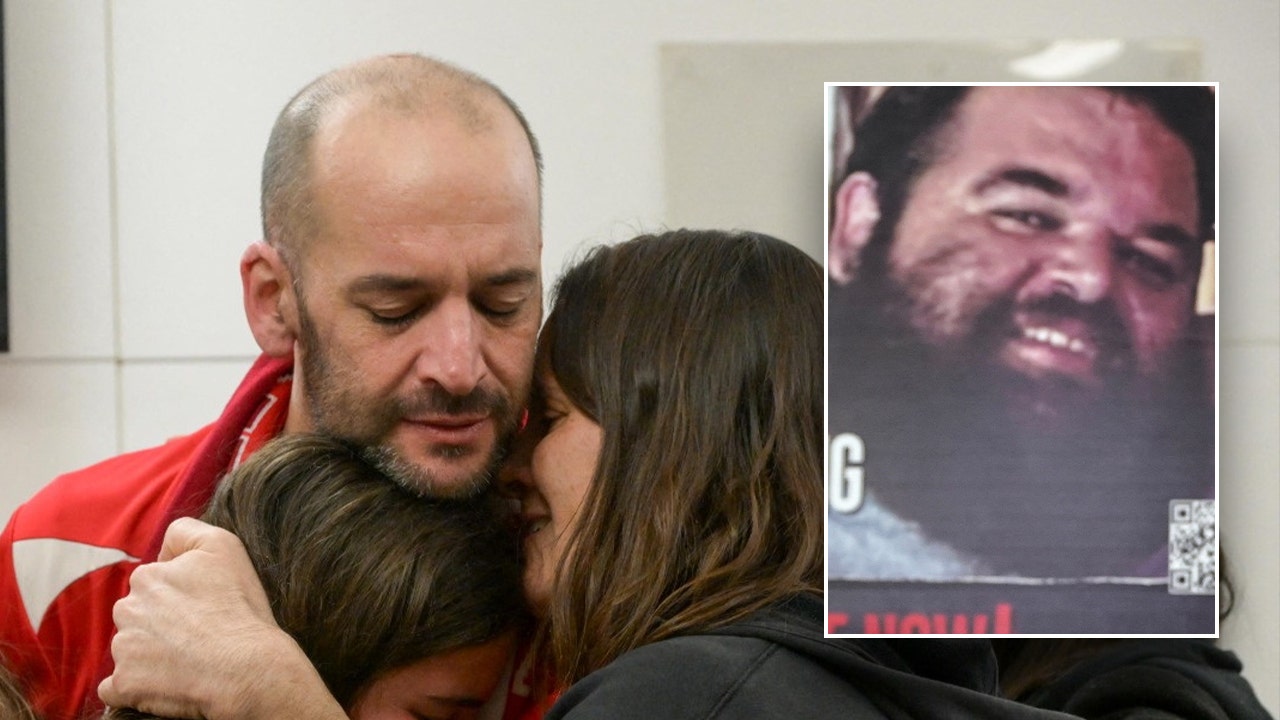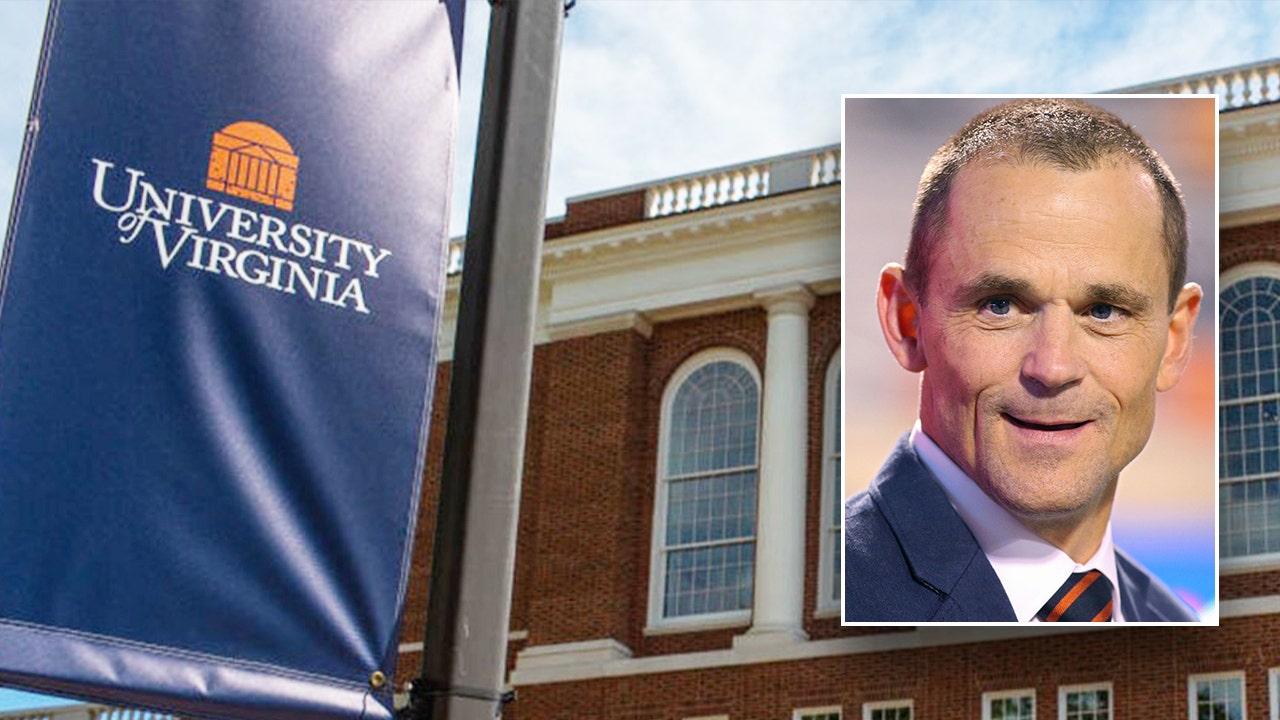Top US general in Korea talks maps, China, and getting Patriots back

Sitting at a desk in a remote Pentagon office, last Wednesday, Gen. Xavier Brunson has two maps displayed beside him.
One hung on the wall shows the entire world, displayed in a wide rectangle. Another, printed on a paper sheet in front of him, depicts Seoul and its distance from other nearby capitals: Tokyo, Taipei, Manila and Beijing, among others. Rather than showing the usual north-to-south view of Asia, from where Brunson sits this one depicts what the region would look like if peering out from China’s eastern coast.
Brunson has been sharing this second map in his many meetings in Washington, while arguing for the value of his command — overseeing the 28,500 U.S. troops in Korea. Seoul has one of Asia’s strongest militaries and sits inside the vital “first island chain” of countries that arc off China’s coast like a parenthesis.
“It begins with looking from an enemy’s perspective and then seeing where you are and how you might array your capabilities,” Brunson said.
But South Korea also has one of the world’s most alarming neighbors. In the last year, North Korea has traded troops and ammunition in exchange for Russian technology — on missiles, satellites, submarines, drones and most alarmingly a rogue nuclear program. Last year, North Korea conducted 47 ballistic missile tests, a number Brunson now expects to go down with Russia’s aid.
All this makes Brunson’s job — or jobs — harder. Alongside U.S. forces on the peninsula, he would also lead South Korean troops in the case of a war, an arrangement known as Combined Forces Command, or CFC. He also helms United Nations Command, the group of 18 countries that have helped keep the peace on the Korean Peninsula since 1950.
Brunson sat down with Defense News on May 7 to discuss the 75th anniversary of UN Command, the future of U.S. forces in Korea and the assumptions he’s trying to upend with the help of his maps.
This interview has been edited for brevity.
North Korea has changed its policies — more emphasis on sovereignty, a new view of the southern border. How does UN Command need to change as well?
The North Koreans have changed fundamentally. The associations amongst the adversaries — those authoritarian colluders, if you will — in China and Russia and the [Democratic People’s Republic of Korea], those relationships have changed and matured.
We have to do the same thing. What’s really in the offing is that year 76 forward is going to be different for UN Command. The mandate remains, but our composition, our posture even may change in the future. And we’ve got to be flexible enough to do that.
Do you expect big changes to posture or membership, potentially the addition of new member states?
I won’t mention these nations because those are bilateral things that are going on with the Republic of Korea, but there are nations that want to participate. We just recently got a New Zealand contingent that’s come to the peninsula. And if you talk about things that excite me, it’s when I talk to those ambassadors and they look at me and they say: ‘Hey, we’re working to get our soldiers here.’
I wanted to ask about one of the other hats that you wear, which is the CFC. Has the timeline for handing over operational control of South Korean forces moved up?
I’ve heard some mention of the urgency of that. My piece is to continue to talk to leadership about where we stand. We’re continually trying to assess where we are along the bilaterally agreed upon conditions-based [operational control] transfer.
If that decision is made, then my job is to now develop the strategy that lets us keep that policy moving forward. When leadership has made a decision, it’s my job to make it work.
To be clear, there’s no decision that has been made yet, though?
None that I know of.
There were a few Patriot air defense batteries that were brought away from the peninsula to help with the campaign in the Middle East. Now we’ve reached a ceasefire in Yemen, do you know when those are coming back?
No, I don’t know when exactly those capabilities are going to come back. But I do know that the [Indo-Pacific Command] commander has been able to ensure that we had other capabilities for an extended period of time within the Republic Korea. This is not the first time that capabilities have left the peninsula. In rough order, between 50 and 60 times, capabilities have gone to other places to support [military needs] around the globe.
My job is to ensure that we’re able to meet the strictures of the Mutual Defense Treaty. I can say unequivocally, we can do everything that we’re supposed to do. I just want the stuff back because those are my people.
The increasing adversary that people in this building are concerned about is China. How are you working with South Korea to reorient around that threat?
Nations are going to make decisions that align with their own interests — always.
There are economic relationships in the Indo-Pacific. There are security relationships in the Indo-Pacific. What I find is that our ability to see, sense, and understand in and around the peninsula is coming closer in alignment.
For example, in the West Sea right now, there are structures being erected by the Chinese. The Koreans see that. There are encroachments in and around the northern limit line by Chinese fishing vessels and Chinese naval vessels that cause concern to the Koreans.
They understand that those are threats that may have to be dealt with at some point in time.
South Korea has an election in June after the last president was impeached for declaring martial law. Regardless of who wins, do you think the recent work with Japan, South Korea will last?
I think it will survive because the threat will continue to metastasize. If there’s a thing that our adversaries have learned over time is the power of alliances, the power of proxies.
You can look in the Middle East and see a proxy fight that’s going on. You can look in our region now, and we’ve got North Korea sending troops and materiel to Russia to participate in the conflict, not their own. We see China is still a benefactor for North Korea.
The new leader in the Republic of Korea from 4 June forward has to take on the fact that his nation sits at the juncture of an alliance of sorts that he’s got to counter.
How many North Korean troops are now in Russia?
I think 10 to 12 [thousand] is where we throw our estimates at.
This alignment gives North Korea different options than they’ve had previously facing sanctions. How do you continue to counter that?
It’s capability on capability. What can our adversaries do? What do we need to be able to do?
That really leads me to a sort of integrated assurance. It’s using all the elements of power, of national power to assure our friends, partners and allies of our commitment to the alliance.
What we have that’s unique in South Korea is we have diplomacy, and we’ve got the military there, partnered for the past 70 years.
We have the means to continue to assure our ally that we are there. That also sounds the bell every day that we’re on the peninsula to Russia and China. We’re in the neighborhood.
Noah Robertson is the Pentagon reporter at Defense News. He previously covered national security for the Christian Science Monitor. He holds a bachelor’s degree in English and government from the College of William & Mary in his hometown of Williamsburg, Virginia.
Read the full article here









